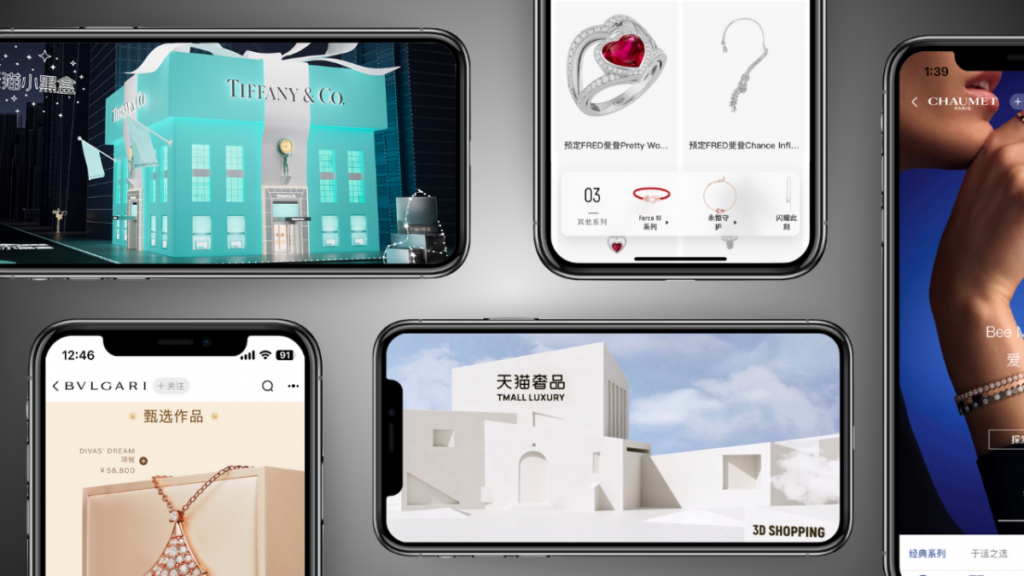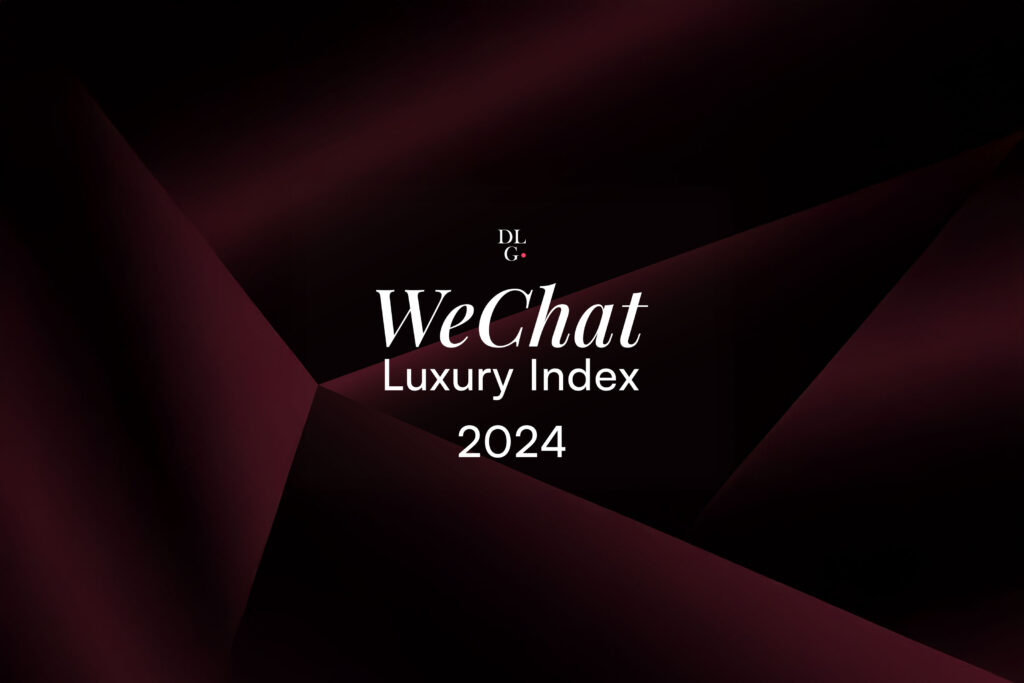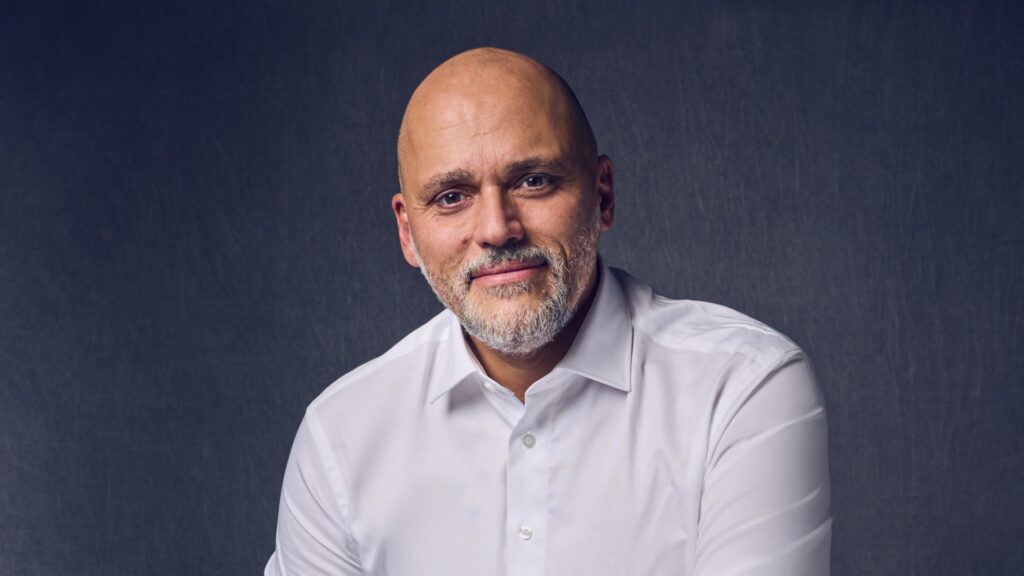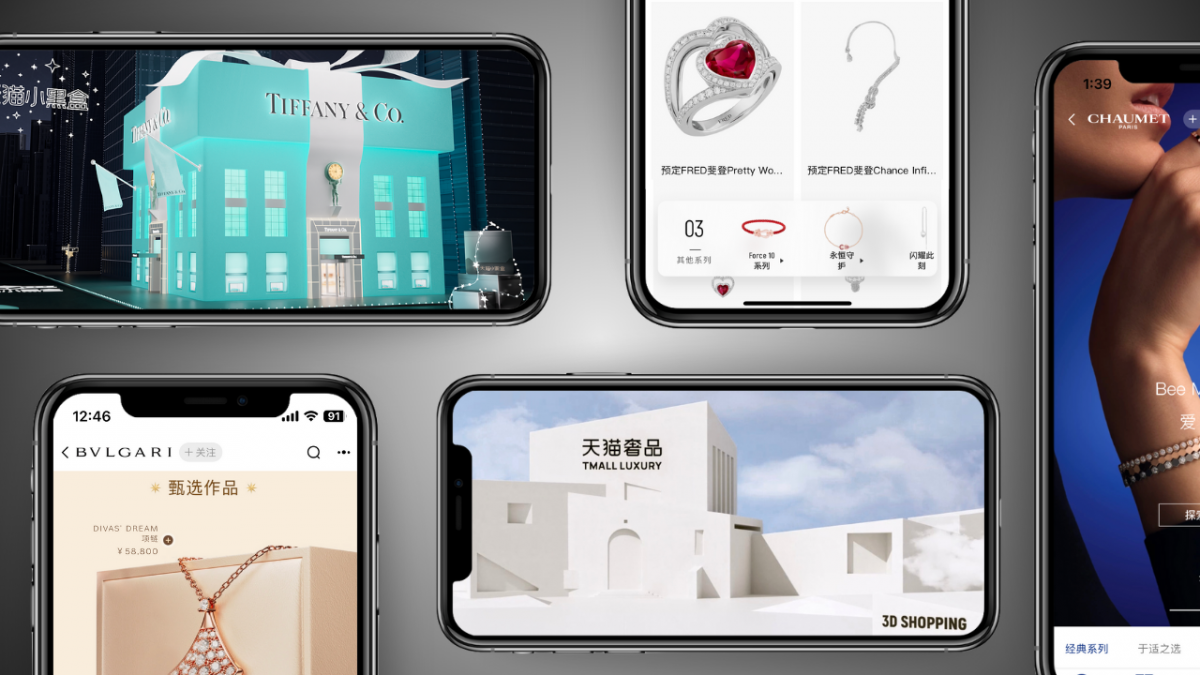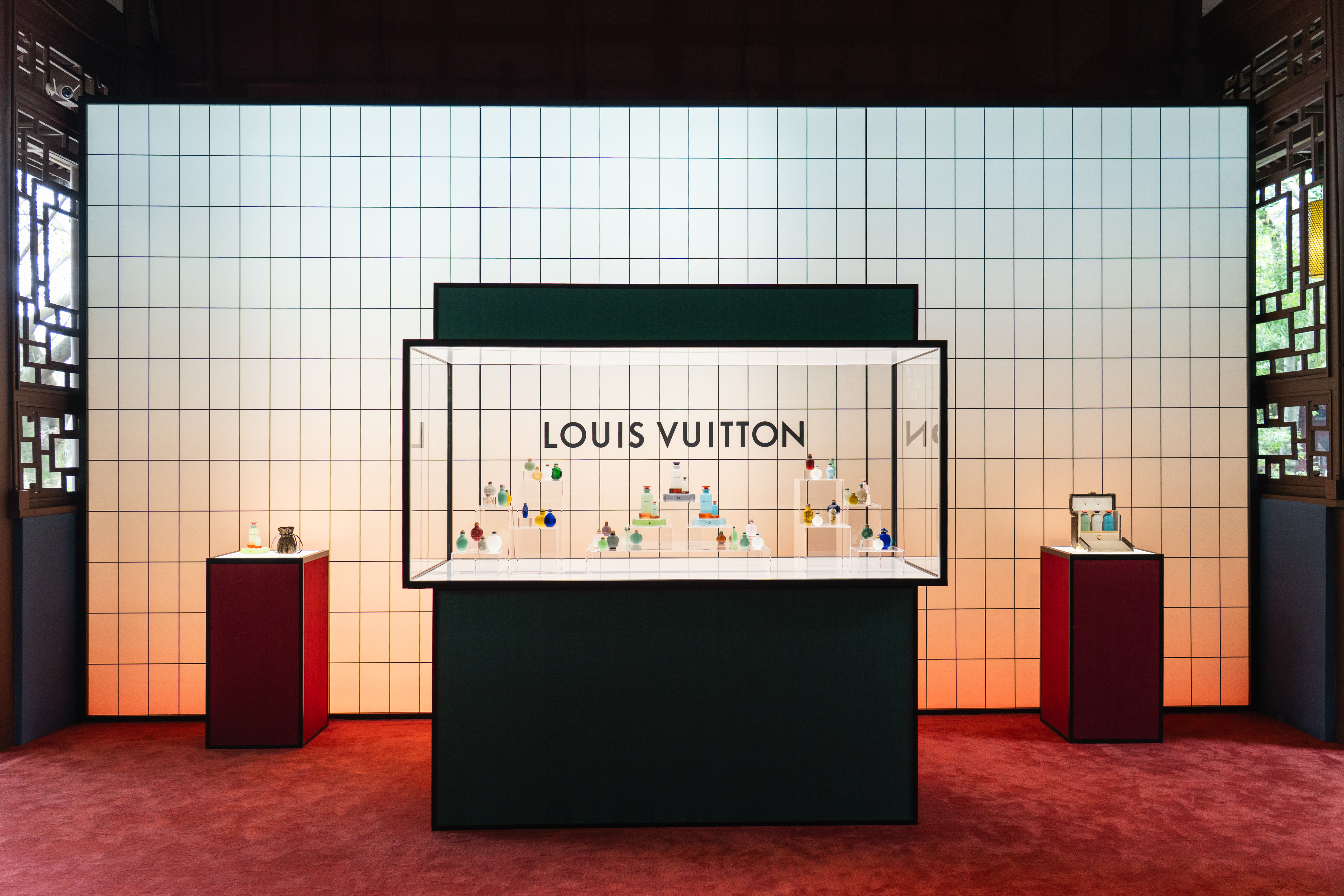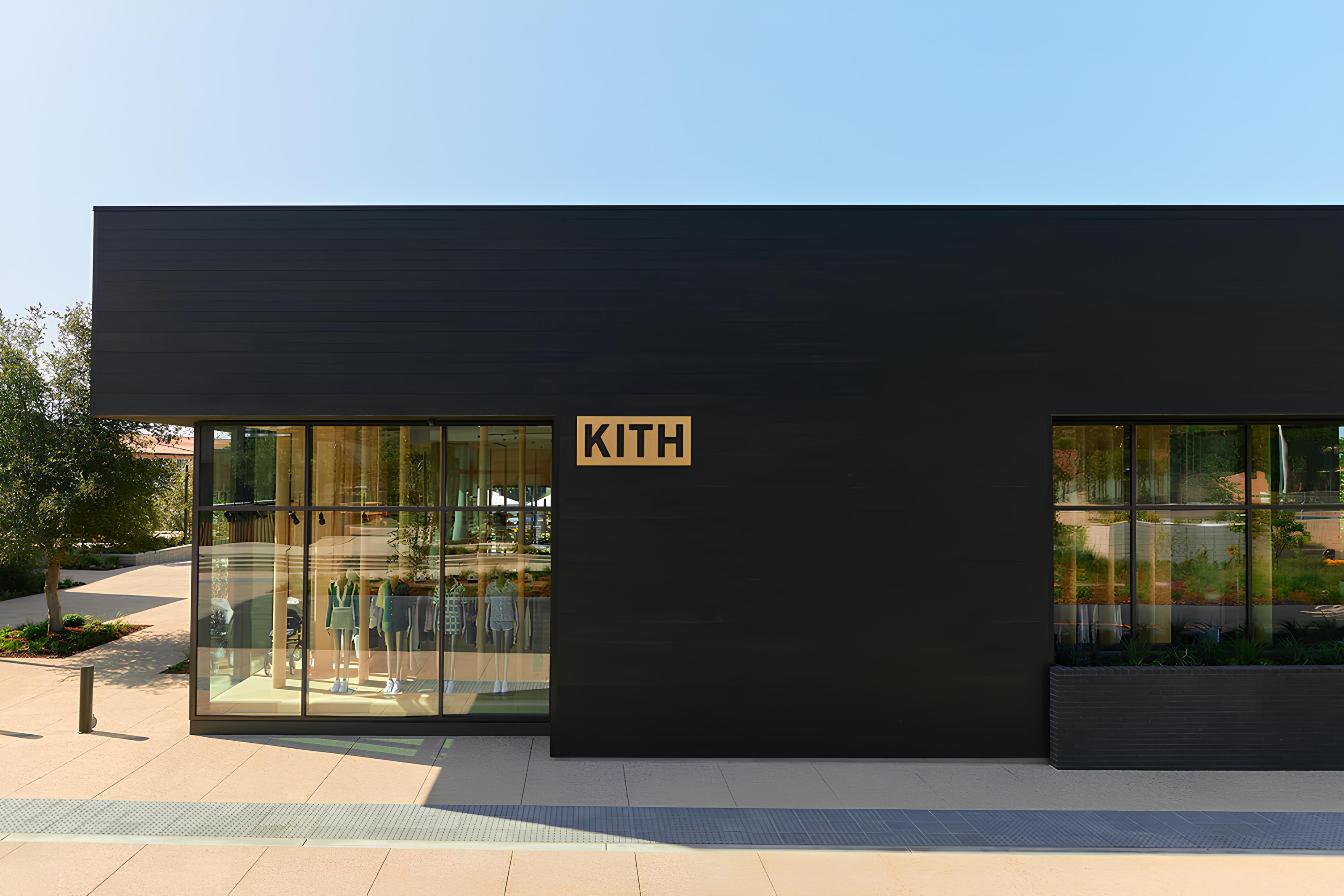Mixed performance in Asian markets, monobrand distribution gaining share, and the revolution of online/offline shopping behaviors were just some of the factors at play in 2016. EY’s Laurent Bludzien explains.
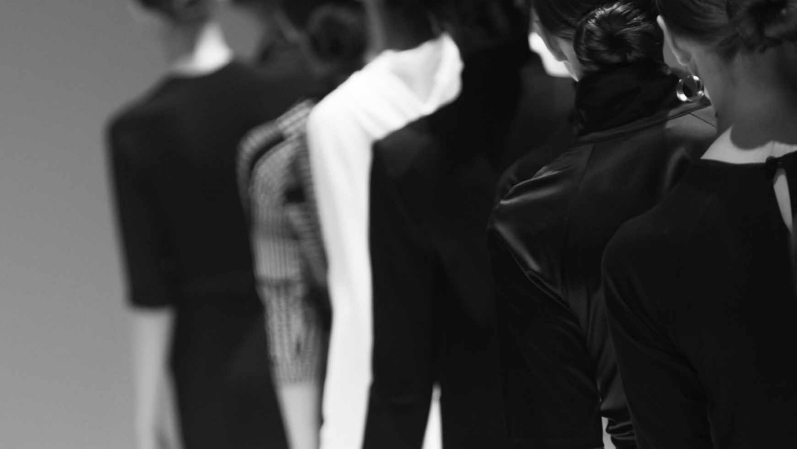
Mixed performance in Asian markets, monobrand distribution gaining share, and the revolution of online/offline shopping behaviors were just some of the factors at play in 2016. EY’s Laurent Bludzien explains.
Times of slower but steady growth….
The luxury industry saw a 13% increase in current exchange rates and achieved sales revenue of €253b in 2015. However, currency fluctuations were the main contributor to this increase, as the "real" increase was 1% at constant exchange rates, lower than the one registered in 2014. For its part, the cosmetics industry registered a higher growth of 3.9%, reaching total sales revenues of €203b in 2015.
…but still very attractive sectors to invest in
These two sectors diverge in terms of trading multiples as their sales growth and margins perspectives clearly differ. However the EY (Ernst & Young) luxury and cosmetic index has outperformed the market over the last 8 years with a total return of 83%, well above the average recorded by both the S&P; 500 and Dow Jones.
Convergence is found in transaction multiples remaining at a premium illustrating both sectors attractiveness as well as the rarity of brands being “on the market.” In 2015, Italy and the United States together accounted for 59% of total luxury goods deals, while the United States accounted for 41% of all cosmetics deals.
Overview of the luxury market
Mixed performance in Asian markets
Mainland China remains the top consumer with one-third of the global market whilst Japanese consumers only had a 10% share but the strongest market growth of +9%.
However, only one-fifth of the purchases made by Chinese tourists are done in Mainland China, the majority being made in the European markets. Chinese consumers are also purchasing more and more from South Korea and Japan, which are emerging as the new shopping destinations for Chinese tourists.
Retail and monobrand distribution continued to gain share
While wholesale remains the dominant distribution channel for personal luxury goods (2/3 of market sales), the company-owned retail channels are growing twice as fast as the wholesale channel at current exchange rates and continue to gain market share due to network expansion (600 new stores in 2015) and growth in same store sales (13% at current exchange rate). The online sales have grown tenfold since 2005 and now account for 7% of total sales.
Overview of the cosmetics market
Market is proving resilient in times of economic uncertainty
Online cosmetics sales rose 20% in 2015 to represent 6% of the beauty market, a segment in which lip makeup was the branch that grew more with 10%. Asia-Pacific remained the leading global market, up 3.4%, despite a slight slowdown in China, and new markets, such as India, South Africa and Turkey, generated more than two-thirds of the beauty market growth. According to our estimates, the purchasing power of millennials (born in the 1980s and 1990s) will reach $3.4 trillion by 2018 in the US alone.
A multidimensional shopping revolution
For both sectors a new shopping revolution is underway in how consumers shop at retail stores and online platforms, as new channels of communication, commerce and service converge due to the impact of millennial consumers. The competitive landscape is changing and to keep pace luxury and cosmetics brands must:
Increase the digital effort – Immediacy is key to millennials, the most representative segment of the market of the future. Luxury brands have to manage dual aspects; namely to (1) maintain their heritage and create long‑term value while (2) responding to consumers’ expectations and trying to offer unique products that offer instant gratification. It is the latter where luxury companies are risking losing ground to more dynamic, digitally savvy players.
Hold the positioning — the affordable luxury segment is gaining market share, offering new products that are both fashionable and competitively priced. Top‑end luxury companies should therefore emphasize the quality and rarity of their offerings to encourage their clients to spend more and reduce the risk of cannibalization by more nimble competitors.
Defend the luxury experience — Luxury is not all about a product, consumers are increasingly looking for an experience. Luxury goods companies must adopt a personalized customer in-store and online experience.
The EY Factbook, based on industry leaders feedback, offers both operational and financial aggregates on the luxury and cosmetics industries as well as key valuation parameters and multiples. It looks at future trends and includes input from sector leaders.


